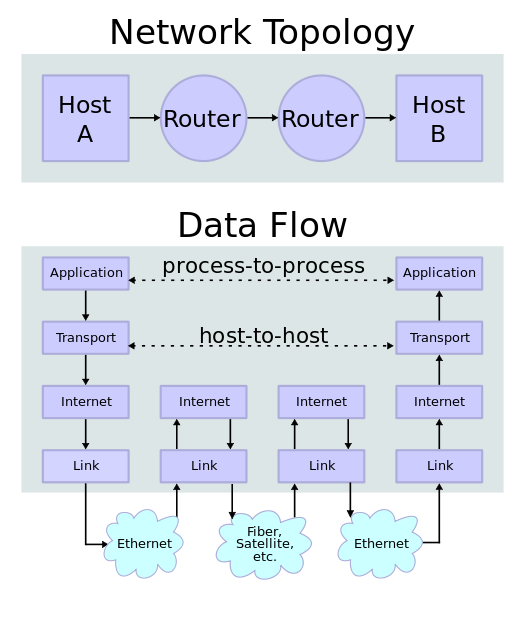Overview
HTTP is an Application Layer protocol which stands for “Hypertext Transfer Protocol”. The entire World Wide Web uses it.
There’re a series of sessions in HTTP where client sends a request and server sends a reply message back to client including the request, an error message, or another piece of information.
HTTP headers are the core part of these HTTP requests and responses, and they carry information about the client browser, the requested page, the server and more.
Example HTTP request
GET /tutorials/other/top-20-mysql-best-practices/ HTTP/1.1
Host: net.tutsplus.com
User-Agent: Mozilla/5.0 (Windows; U; Windows NT 6.1; en-US; rv:1.9.1.5) Gecko/20091102 Firefox/3.5.5 (.NET CLR 3.5.30729)
Accept: text/html,application/xhtml+xml,application/xml;q=0.9,*/*;q=0.8
Accept-Language: en-us,en;q=0.5
Accept-Encoding: gzip,deflate
Accept-Charset: ISO-8859-1,utf-8;q=0.7,*;q=0.7
Keep-Alive: 300
Connection: keep-alive
Cookie: PHPSESSID=r2t5uvjq435r4q7ib3vtdjq120
Pragma: no-cache
Cache-Control: no-cache
Example HTTP response
HTTP/1.x 200 OK
Transfer-Encoding: chunked
Date: Sat, 28 Nov 2009 04:36:25 GMT
Server: LiteSpeed
Connection: close
X-Powered-By: W3 Total Cache/0.8
Pragma: public
Expires: Sat, 28 Nov 2009 05:36:25 GMT
Etag: "pub1259380237;gz"
Cache-Control: max-age=3600, public
Content-Type: text/html; charset=UTF-8
Last-Modified: Sat, 28 Nov 2009 03:50:37 GMT
X-Pingback: http://net.tutsplus.com/xmlrpc.php
Content-Encoding: gzip
Vary: Accept-Encoding, Cookie, User-Agent
<!DOCTYPE html PUBLIC "-//W3C//DTD XHTML 1.0 Strict//EN" "http://www.w3.org/TR/xhtml1/DTD/xhtml1-strict.dtd">
<html xmlns="http://www.w3.org/1999/xhtml">
<head>
<meta http-equiv="Content-Type" content="text/html; charset=utf-8" />
<title>Top 20+ MySQL Best Practices - Nettuts+</title>
<!-- ... rest of the html ... -->
These HTTP requests are also sent and received for other things, such as images, CSS files, JavaScript files etc. That is why browser may send 40 or more HTTP requests for 1 article page.
Request Methods
The three most commonly used request methods are: GET, POST and HEAD.
GET: Retrieve a Document
Get an article site:
GET /tutorials/other/top-20-mysql-best-practices/ HTTP/1.1
Submit a form information:
GET /foo.php?first_name=John&last_name=Doe&action=Submit HTTP/1.1
Each input is added in the query string.
POST: Send Data to the Server
Even though you can send data to the server using GET and the query string, in many cases POST will be preferable. Sending large amounts of data using GET is not practical and has limitations.
POST /foo.php HTTP/1.1
Host: localhost
User-Agent: Mozilla/5.0 (Windows; U; Windows NT 6.1; en-US; rv:1.9.1.5) Gecko/20091102 Firefox/3.5.5 (.NET CLR 3.5.30729)
Accept: text/html,application/xhtml+xml,application/xml;q=0.9,*/*;q=0.8
Accept-Language: en-us,en;q=0.5
Accept-Encoding: gzip,deflate
Accept-Charset: ISO-8859-1,utf-8;q=0.7,*;q=0.7
Keep-Alive: 300
Connection: keep-alive
Referer: http://localhost/test.php
Content-Type: application/x-www-form-urlencoded
Content-Length: 43
first_name=John&last_name=Doe&action=Submit
The header contains no query string no more. The last line (data) is the query string.
HEAD: Retrieve Header Information
HEAD is identical to GET, except the server does not return the content in the HTTP response. It’s faster than GET.


